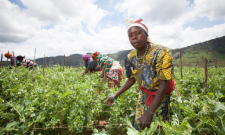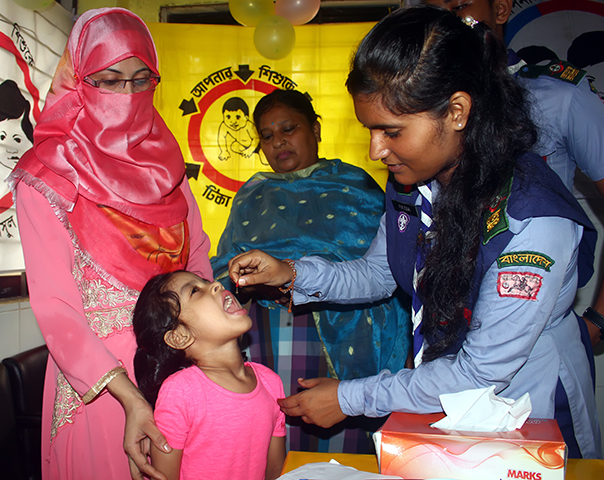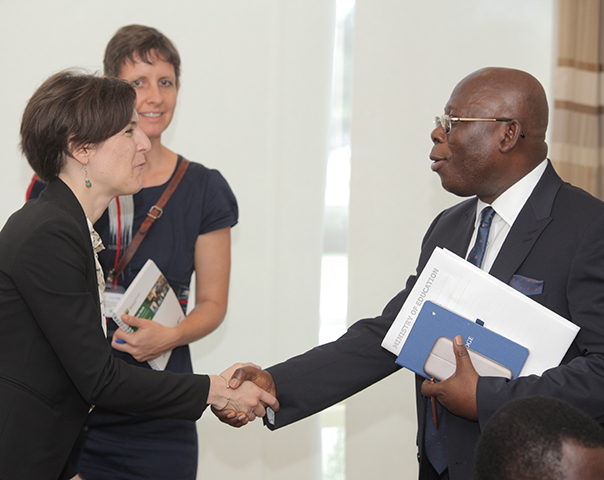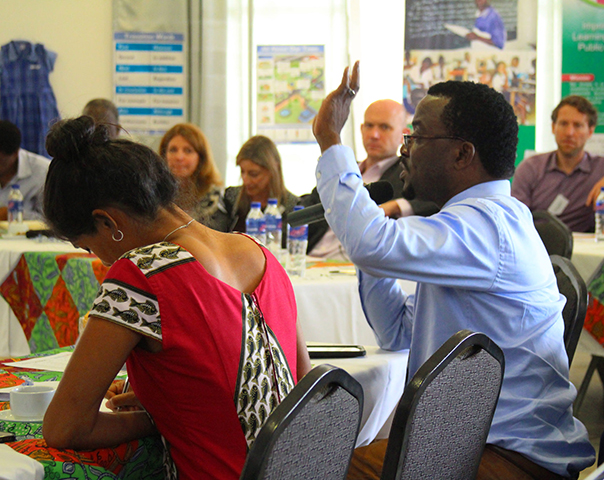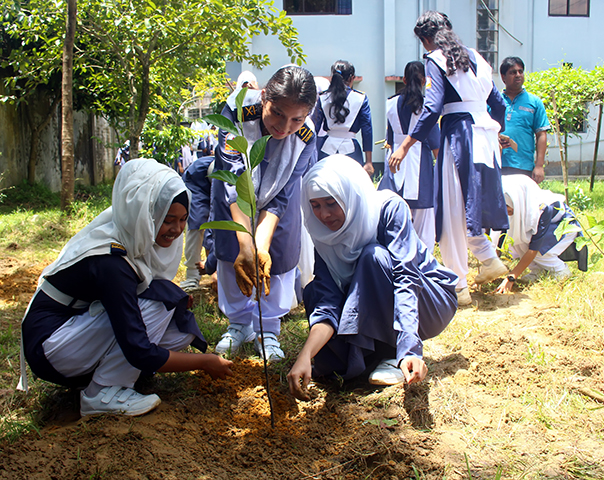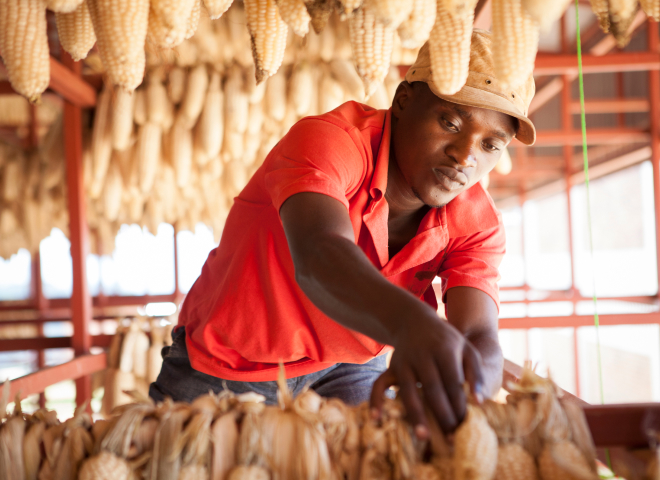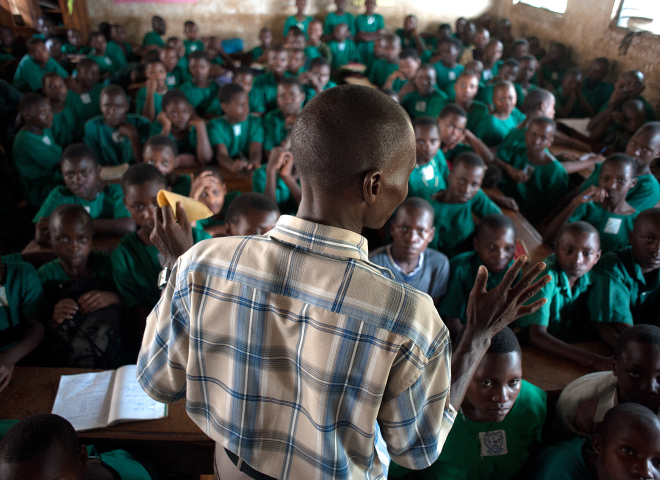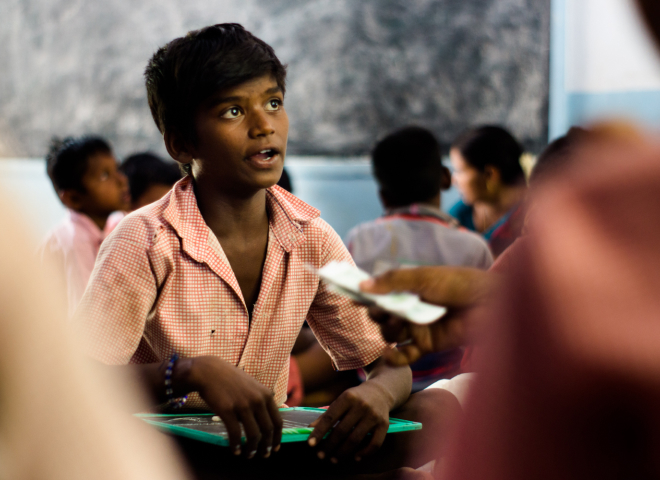The Other Virus: How Gangs and Organized Crime are Responding to the COVID-19 Crisis
Researchers
Christopher Blattman, Benjamin Lessing, Santiago Tobon, Gustavo Duncan
Abstract
In the sprawling informal peripheries of cities throughout the developing world, enhancing state capacity may be critical for an effective COVID response, and hence to macro-level public-health, economic, and political outcomes. In Medellín, Colombia, most neighborhoods are occupied by one of roughly 400 criminal gangs. The researchers have a three-year ongoing study in the city dedicated to understanding and reshaping state and gang rule. This includes in-depth interviews, representative surveys, and a concluded RCT in 80 sectors where they exogenously increased the presence and legitimacy of “street-level bureaucrats” in 40 sectors. The researchers leveraged this work to better understand how variation in state capacity is affecting the COVID response. They are also interested in how gangs are reacting to the crisis, why, and the consequences for public health and state legitimacy.
Funding for this project was provided by the UK Foreign, Commonwealth & Development Office, awarded through the Crime and Violence Initiative at J-PAL.
Project Outcomes of Interest
Based on the data that we will collect we expect to be able to: 1) Document qualitatively and quantitatively the level and variation of gang responses to the COVID-19 pandemic across more than 250 neighborhoods and 400 gangs; 2) Assess the correlates of COVID-19-related gang activity with our measures of pre-pandemic criminal and state governance; 3) To harness exogenous variation in relative state/combo governance, we will also experimentally assess the effects of our intervention on state and combo governance around COVID-19 (and citizen responses).
Partners
University of Chicago, Universidad EAFIT
Link to Results
Impact Goals
- Promote peace and safety, and improve humanitarian response
Project Data Collection Mode
- CATI (Computer-assisted telephone interviewing)
Results Status
Results
Results
Surveying every low- and middle-income neighborhood in Medellin, the researchers find:
- Most welfare support to civilians came from state authorities rather than the gangs.
- Overall, state authorities played by far the largest role in enforcing quarantine rules.
- A small number of gangs, however, were highly involved in providing welfare and enforcing quarantine rules in their territories.
- These rare gang pandemic responses were relatively idiosyncratic. Whereas normal pre-pandemic gang rule is associated with a range of neighborhood characteristics, pandemic gang rule is not. Moreover, gang enforcement of pandemic lockdown or provision of services is almost uncorrelated with pre-pandemic levels of gang rule. The researchers speculate that personal choices of the gangs and their leaders may have dominated in the first weeks of COVID-19.



